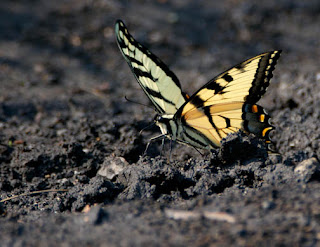Sunny, 73 degrees and
calm
At 7:30 AM, the temperatures
are pleasant and the sun is shining brightly. The forecast, however, is for mid 90s and so it’s a good day
to be out and about early in the morning.
I’m hoping for marsh birds
this morning. A couple
of years ago, a marsh restoration project was undertaken at Iona Marsh in Harriman
State Park, NY. The invasive
phragmites was chemically treated in the hopes that native vegetation would
reclaim the area. It was fairly
successful, so far. The hope is
that some of the avian species associated with a healthy marsh will return to
this wetland, and many of us are keeping tabs on what shows up and when. And so, I’m looking for and hoping for
Marsh wrens, perhaps and Sora, or a Virginia rail.
Yesterday, I recounted how my
Grandson and I ventured out to see the Mississippi kites in Sterling Forest and
had them in the scope within 5 minutes of our arrival. Ah, if it were only that easy each time
I went out with specific target birds in mind.
Today, I got skunked with a
capital S. No wrens, no Sora, and
no Virginia rail. I tried calling
each species in using the tape, but I got no response whatsoever. It’s never a complete waste of time
when you are in such an environment, however. When I first arrived, for example, I was greeted by two Mute
swans and a charming little cygnet.
The knob on the head of the adults will take about a year to appear as
will the unfeathered area around the lores. But for now, the pure white of the cygnet is quite attractive.
Swallows were also an
attraction with many birds primarily of three species….the most common being
Northern rough-wings, along with Tree and Barn swallows.
A few very attractive
butterflies were also on hand, the prettiest being this Tiger swallowtail.
Finally, one of my favorite
summer wildflowers was present along the roadside, the chicory. And so, in spite of there being none of
my targets to view today, as is usually the case, if you look around, there is
always plenty to hold your attention.
Mother Nature always has something for us to marvel at.
















































